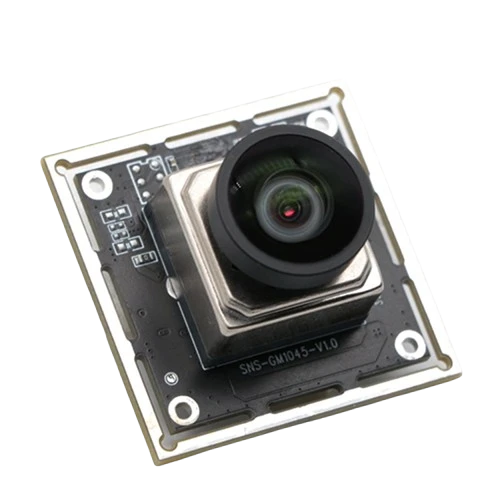Introduction to AHD Cameras
AHD, which stands for Analog High Definition, refers to a type of camera technology that has gained significant traction in the security and surveillance industry. Unlike IP cameras that transmit video over a network using digital signals, AHD cameras are part of an analog system that delivers high-definition video through coaxial cables.
Understanding AHD Technology
AHD technology is an advancement over traditional analog CCTV systems. It was designed to address the limitations of standard analog cameras, which often struggled with video quality over long distances. AHD cameras offer a higher resolution and better image quality, typically 720p, 1080p, or even higher, without the need for complex network infrastructure.
Key Features of AHD Cameras
- High-Definition Video: AHD cameras provide clear, detailed images, allowing for better identification and clearer footage.
- Long-Distance Transmission: They can transmit high-quality video signals over long distances using existing coaxial cables, which is ideal for large-scale surveillance systems.
- Compatibility: AHD cameras are compatible with older CCTV systems, making it easier to upgrade to high-definition surveillance without replacing the entire infrastructure.
- Ease of Installation: The use of coaxial cables simplifies the installation process, as it does not require the same level of networking knowledge as IP cameras.
How AHD Cameras Work
AHD cameras work by converting the video signal into an analog format that can be transmitted over coaxial cables. The signal is then decoded by an AHD DVR (Digital Video Recorder), which stores the footage and allows users to view it in high definition. This process ensures that the video quality remains high, even over long distances.
Advantages of AHD Cameras
- Cost-Effectiveness: For businesses and homes that already have coaxial cabling in place, AHD cameras can be a cost-effective upgrade to enhance video quality.
- Simplicity: The analog nature of AHD technology makes it simpler to set up and maintain compared to IP-based systems.
- Reliability: Coaxial cables are known for their reliability and resistance to interference, ensuring consistent video transmission.
Applications of AHD Cameras
AHD cameras are widely used in various applications, including:
- Home Security: For homeowners seeking to improve the quality of their security systems.
- Business Surveillance: In retail stores, offices, and warehouses to monitor activities and ensure security.
- Public Safety: In city surveillance systems to monitor public areas and deter criminal activities.
Future of AHD Technology
While the surveillance industry is increasingly moving towards IP and network-based solutions, AHD technology continues to hold its ground, particularly in scenarios where existing coaxial infrastructure is already in place. The future may see further advancements in AHD technology, potentially integrating it with IP systems for a hybrid approach to surveillance.
Conclusion
AHD cameras represent a significant step forward in analog surveillance technology, offering high-definition video quality without the need for a complete overhaul of existing systems. Their ease of use, compatibility, and reliability make them an attractive option for those looking to enhance their security solutions. As the technology evolves, AHD cameras are likely to remain a viable choice for high-quality, cost-effective surveillance.


